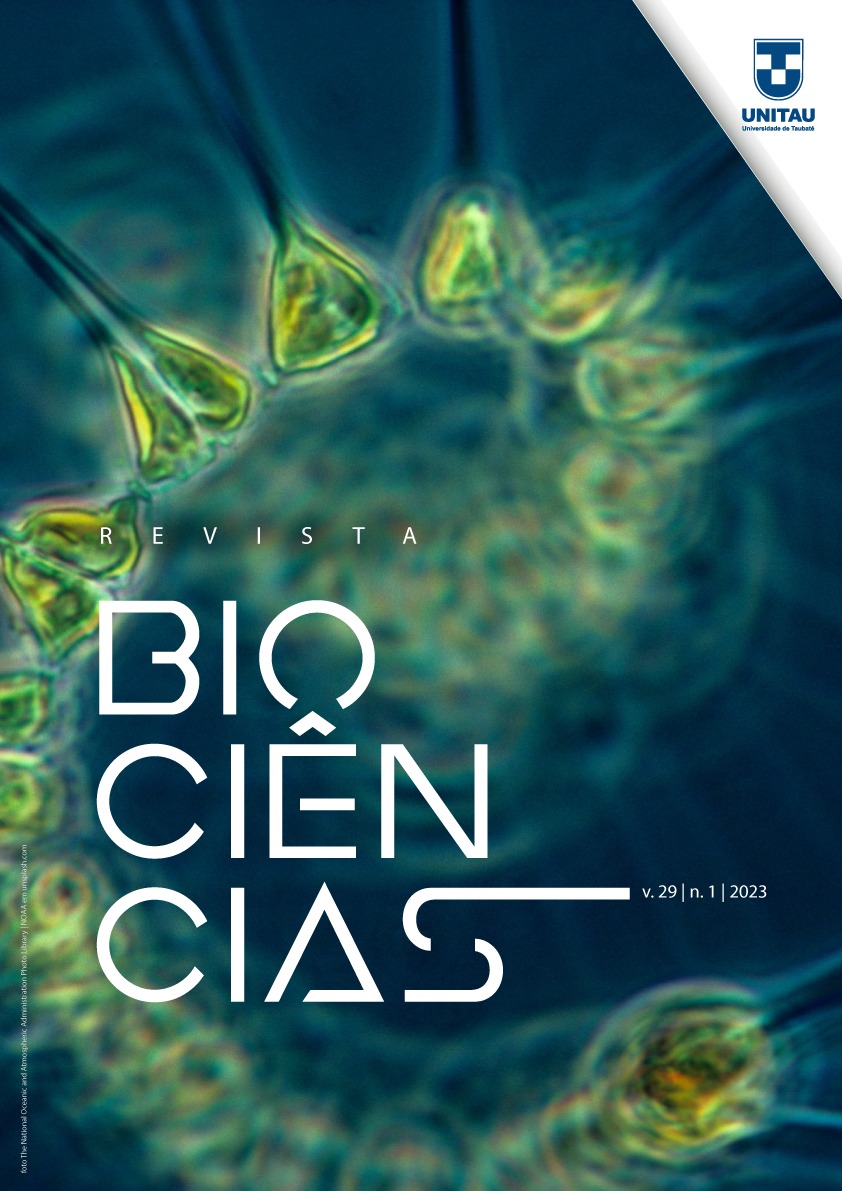Presence of Catonyx cuvieri Lund, 1839 (Scelidotheriinae) in the Abismo Ponta de Flecha Cave, southeastern Brazil
Presence of Catonyx cuvieri in the Abismo Ponta de Flecha
Abstract
The Abismo Ponta de Flecha, an important cave in the Ribeira de Iguape Valley, presents abundant osteological material from extinct species of Pleistocene megafauna and living vertebrates. Among the extinct specimens, there are remains of sloths that were little studied or not studied at all. The species Catonyx cuvieri is the most common ground sloth found in Brazilian Quaternary deposits. This contribution presents the osteological remains of two individuals of this species found in Abismo Ponta de Flecha cave, represented by the humerus of an adult specimen and the tooth of the youngest specimen of this species found in the State of São Paulo. Due to poor preservation and the impossibility of dating the specimens, it was not possible to determine the environment in which they lived, but they probably lived at a time before the definitive establishment of the current dense forest.






